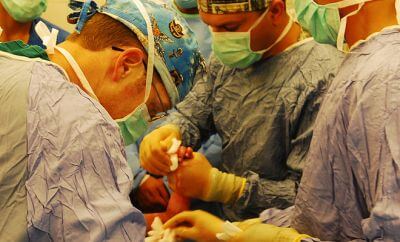Buck Rogers – The conversation about near-death experiences (NDE’s) is typically centered around questions about the afterlife and what happens to consciousness should you follow the iconic tunnel of light. Skeptics, of course, look at the various scientific angles, debating whether or not the patient was truly dead, or the research was legitimate, and so on.
 Less frequently discussed, however, is what happens to people after a near-death experience, and what changes occur in their psychological and physiological makeup. There are thousands of recorded examples of NDE’s that offer testimony to the possibility of life after death, but what about life after near-death?
Less frequently discussed, however, is what happens to people after a near-death experience, and what changes occur in their psychological and physiological makeup. There are thousands of recorded examples of NDE’s that offer testimony to the possibility of life after death, but what about life after near-death?
“Around eighty percent of the people who experienced near-death states claimed that their lives were forever changed by what happened to them. On closer examination, though, a pattern of surprising dimensions emerged. Experiencers were not returning with just a renewed zest for life and a more spiritual outlook. They were evidencing specific psychological and physiological differences on a scale never before faced by them.” – P. M. H. Atwater, L.H.D.
Researcher P.M.H. Atwater, L.H.D is the author of Dying To Know You: Proof of God in the Near-Death Experience, one of the world’s leading researchers on near-death experiences, and a survivor of 3 NDE’s. Continue reading

 In 1999, the Institute of Medicine published the famous “To Err Is Human” report, which dropped a bombshell on the medical community by reporting that up to 98,000 people a year die because of mistakes in hospitals. The number was initially disputed, but is now widely accepted by doctors and hospital officials — and quoted ubiquitously in the media.
In 1999, the Institute of Medicine published the famous “To Err Is Human” report, which dropped a bombshell on the medical community by reporting that up to 98,000 people a year die because of mistakes in hospitals. The number was initially disputed, but is now widely accepted by doctors and hospital officials — and quoted ubiquitously in the media.